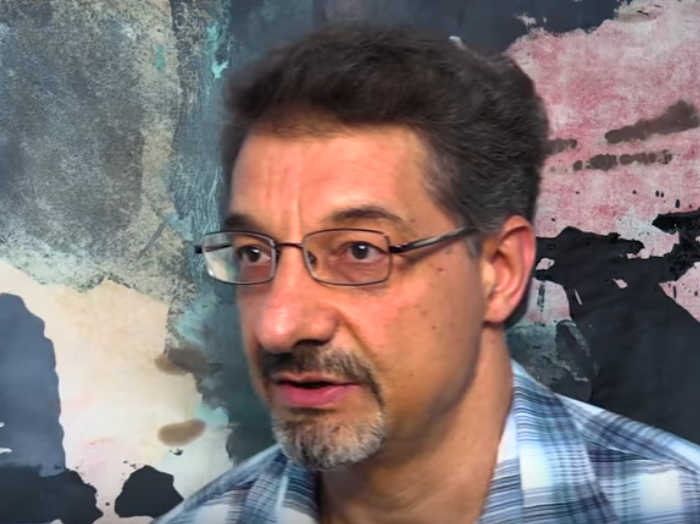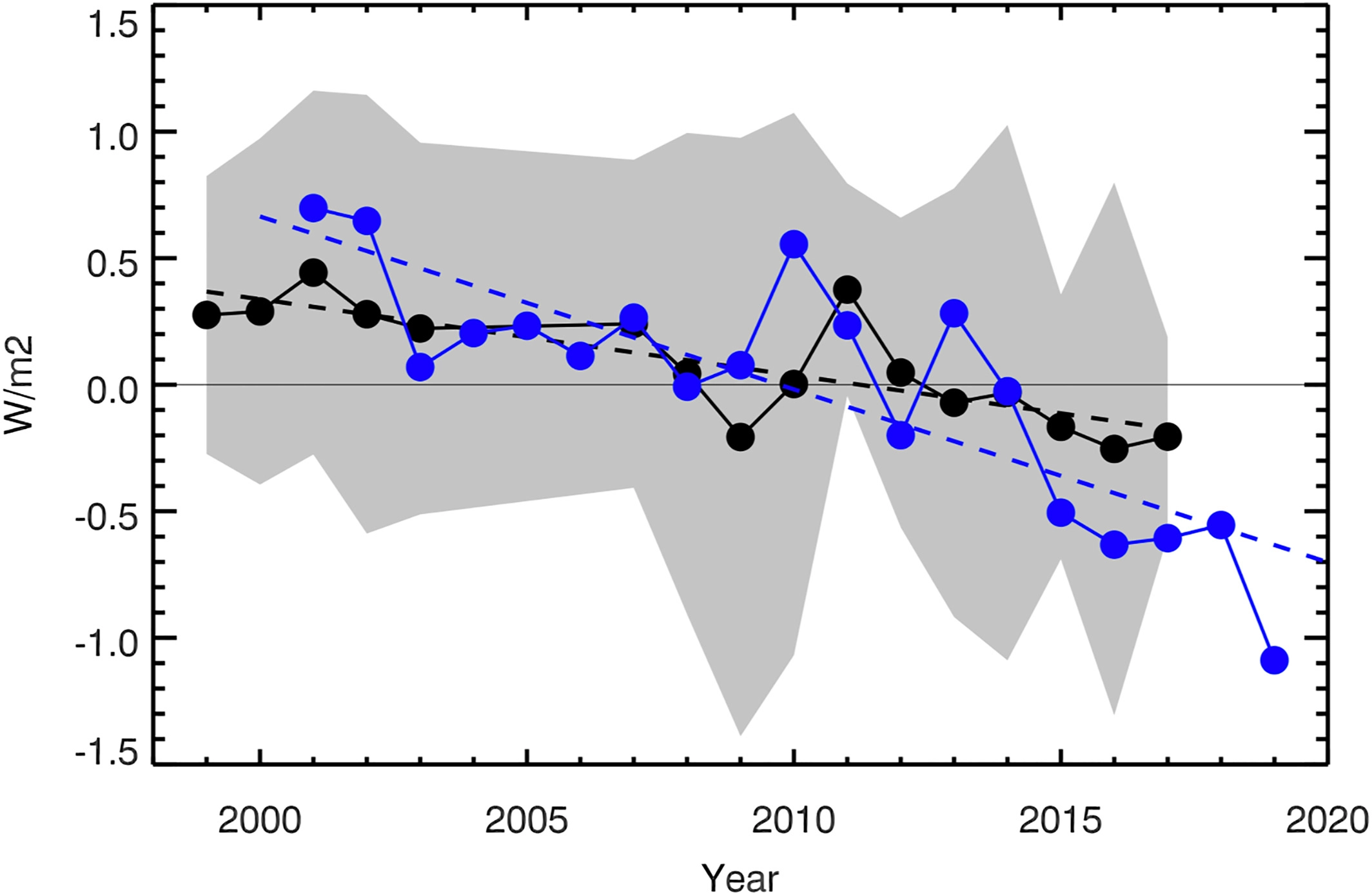Your CAPS title uses the word "fraud". Your text subs in "overblown". The two terms are not synonymous.
LibertySentinel.org on Mike Lindell's FrankSpeech.com? Is THAT where you go for good science?
The scientist first speaks 40:55 into the video, so use your fast forward unless you'd like to sample the quality of this particular podcaster.
Here is Figure 7.3 of WGI, AR6, which Nikolov claims is inverted.
View attachment 1002551
Dr. Nikolov is contending that the data in the first and third of these three graphs is "inverted". Those data, from the CERES satellite and publicly available, show visible light reflected from the Earth. If the reflected portion increases, the amount absorbed decreases and vice versa. You should take note of the sentence in the fourth line of the caption which reads
"All flux anomalies are defined as positive downwards, consistent with the sign convention used throught this chapter".
Dr Nikolov states that the text in WGI makes no reference to that CERES data, but that is incorrect. Directly above the graphic in paragraph 7.2.2.1 may be found the comments:
For example, globally, the reduction in both outgoing thermal and reflected solar radiation during La Niña conditions in 2008/2009 led to an energy gain for the climate system, whereas enhanced outgoing thermal and reflected solar radiation caused an energy loss during the El Niños of 2002/2003 and 2009/2010 (Figure 7.3; Loeb et al., 2018b).
and
Under cloud-free conditions, the CERES record shows a near zero trend in outgoing thermal radiation (Loeb et al., 2018b), which – combined with an increasing surface upwelling thermal flux – implies an increasing clear-sky greenhouse effect (Raghuraman et al., 2019). Conversely, clear-sky solar reflected TOA radiation in the CERES record covering March 2000 to September 2017 shows a decrease due to reductions in aerosol optical depth in the Northern Hemisphere and sea ice fraction (Loeb et al., 2018a; Paulot et al., 2018).
This text states that the trend of the top graph - global mean solar flux anomaly - is trending negative during the 2008-2009 period and trending positive during 2002/2003 and 2009/2010. An examination of the graph shows data trending upwards in the first period and downwards in the second two. I believe the graph has INTENTIONALLY been inverted - as stated - simply to concur with the sign convention used in the rest of the chapter. I believe Dr Nikolov missed the comment highlighted above in purple. The text of the WGI report matches the observations in several studies of these precise data and DR Nikolov's data showing a decrease in reflected sunlight over time. The graph has simply adopted an unusual format.
FOR EXAMPLE
View attachment 1002571
RealClimate: The CERES estimates of the top-of-atmosphere radiative fluxes are available from 2001 to the present. That is long enough to see that there has been a noticeable trend in the Earth's Energy Imbalance (EEI), mostly driven by a reduction in the solar radiation reflected by the planet...

www.realclimate.org
and
And the conclusions of this paper by Goode et al
4 Conclusions
We have reported a two-decade long data set of the Earth's nearly globally averaged albedo as derived from earthshine observations. Stringent data quality standards were applied to generate monthly and annual means. These vary significantly on monthly, annual, and decadal scales with the net being a gradual decline over the two decades, which accelerated in the most recent years. Remarkably, the inter-annual earthshine anomalies agree well with those from CERES satellite observations, despite their differences in global coverage, underlying assumptions to derive the albedo, and the very different sensitivities to retroflected and wider-angle reflected light.
The two-decade decrease in earthshine-derived albedo corresponds to an increase in radiative forcing of about 0.5 , which is climatologically significant (Miller et al., 2014). For comparison, total anthropogenic forcing increased by about 0.6 over the same period. The CERES data show an even stronger trend of decreasing global albedo over the most recent years, which has been associated to changes in the PDO, SSTs and low cloud formation changes. It is unclear whether these changes arise from the climate's internal variability or are part of the feedback to external forcings.
As earthshine-derived global albedos are quite insensitive to long-term calibration issues (they are relative measurements), we hope that our results will encourage a resumption and revitalization of earthshine observations with new automated telescopes, DSCOVR-type observations, cubesat missions, or even a lunar observatory.






